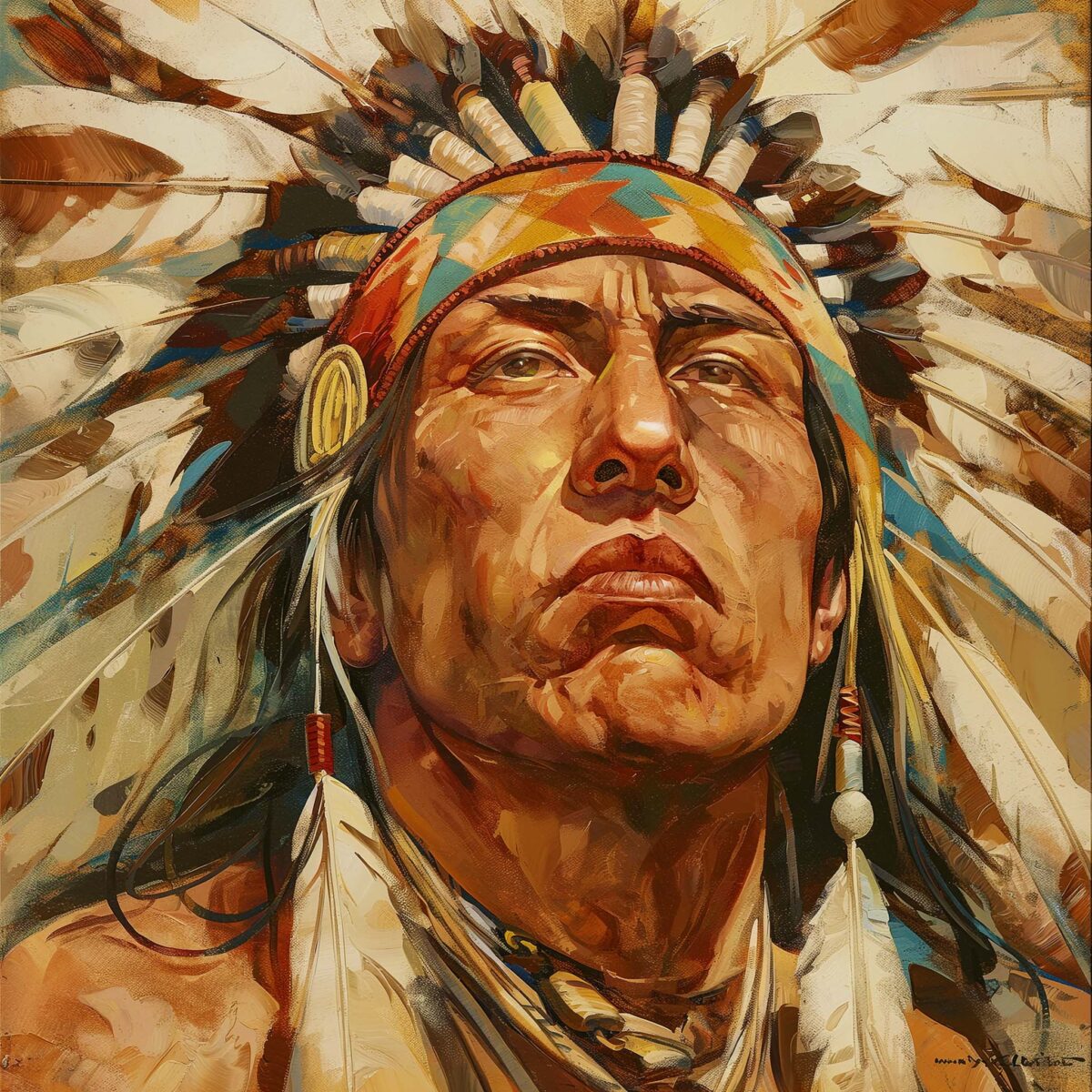Crazy Horse Facts
Born
1840 approximately
Died
September 5, 1877
Native Name
T?ašú?ke Witkó; birth name, Cha-O-Ha (“In the Wilderness” or “Among the Trees”
Spouses
Black Buffalo Woman
Black Shawl
Nellie Larrabee (Laravie)
Achievements
Leader at the Battle of the Little Bighorn
Crazy Horse summary:
Crazy Horse, more precisely called the man with the spirited or crazy horse, was born somewhere between 1840 and 1845 in to the Oglala Lakota tribe, a spiritual division of the Sioux. He rose to become the leader of that tribe and is most famed for leading one of the Indian war party to victory at the Battle of Little Bighorn in 1876.
Through traditional Lakota vision quests and fighting prowess skirmishes both with traditional enemy tribes and the colonial settlers, Crazy Horse grew in stature and respect among his people. He participated in the Battle of Platte Bridge and the Battle of Red Buttes in 1965 to finally be elevated to the status of ‘The Shirt Wearer,’ the leader in battle.
He became a regular leader of large war parties of mixed Lakota and Cheyenne warriors. In this role, his band inflicted the worst victory to that date for the US Cavalry on The Great Plains in what was to be called The Fetterman Massacre. His luck was reversed in The Wagon Box fight due to the unpredicted arrival of new breech loading rifles that reloaded faster and allowed three times as many rounds per seconds to be fired.
Although the level of his direct involvement in The Battle of Little Bighorn is in doubt due to a lack of formal Indian record keeping, Crazy Horse is definitely attributed with delaying the arrival of Custer’s reinforcements which was decisive to his defeat. Learn more about Custer’s last stand at the battle of Little Big Horn.
His end was sad for a warrior. He surrendered with his tribe, weakened by the cold and hunger of a harsh winter. His death in captivity remains controversial. He was stabbed in the back, supposedly in the confusion and trying to violently escape and being held back by friends.

